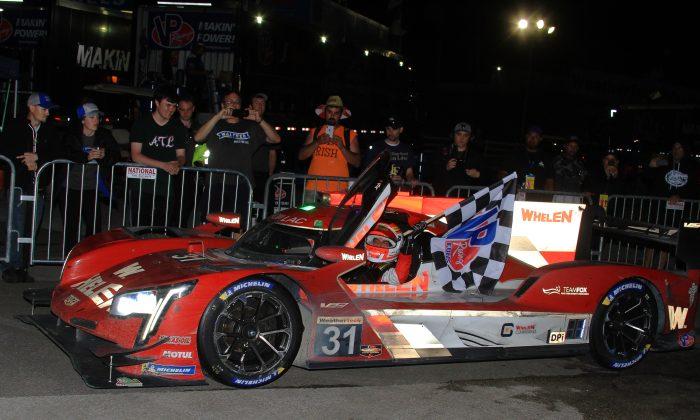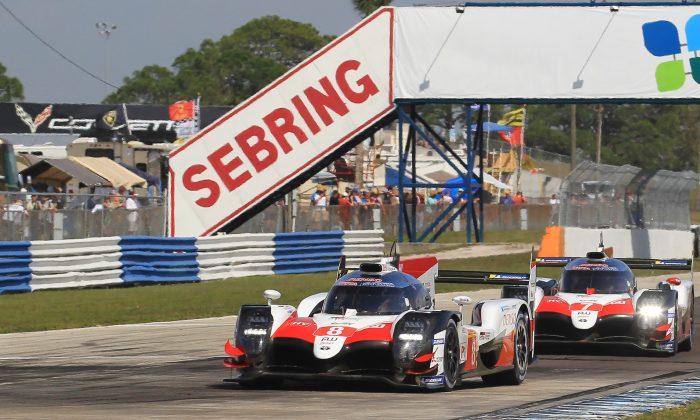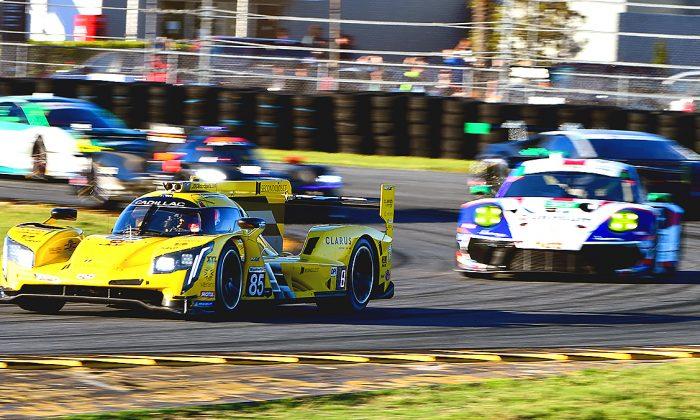Lotto-Belisol’s André Greipel went head-to-head with the best sprinters in the world and came out on top in Stage Six of the 100th Tour de France.
Lotto’s leadout train delivered the German sprinter perfectly to 200 meters from the finish line, and Greipel outsprinted Peter Sagan, Marcel Kittel, and Mark Cavendish to take the win.
As André Greipel explained, the win meant more than usual to Lotto because the team’s General Classification rider, Jurgen Van Den Broeck, had withdrawn before the stage with a severe knee injury. Unable to race for the overall win, the team could do nothing but fight for stages, and Greipel’s win set the team on the right track.
Cannondale’s Peter Sagan had no leadout; as usual, he hopped wheels until he latched onto Greipel, but couldn’t keep up when the sprinting started.
Sagan punctured both tires during a brief off-road excursion 44 km from the finish and had to work hard to catch up to the flying peloton. He could have used the extra energy at the finish.
The Argos-Shimano train used itself up before the sprint started, but Marcel Kittel was able to trail Mark Cavendish, then surged past when the Manx Missile slowed.
Cavendish had a tough day. The Omega Pharma-Quickstep sprinter crashed 33 km from the finish, and had to work hard to get back on. His leadout train worked too hard in the final kilometers and burnt out several meters from the finish.
Cavendish, already tired, had to sprint twice as far as usual, and then had to dodge Lotto leadout rider Greg Henderson. All this cost the Omega sprinter; his legs failed him in the final few dozen meters and he finished fourth.
Orica-GreenEdge kept the yellow jersey, but it shifted to the shoulders of leadout rider Daryl Impey, who finished far enough ahead of Simon Gerrans to take over. There is no reason Orica could not keep the race lead another day. The yellow jersey is sure to change hands after Stage Eight, the first foray into the high peaks of the Pyrenees.
Fast, Nervous Stage
The pace was unusually quick, averaging nearly 28 mph over the 176.5km-course—the average for the second hour was 35.7 mph. Only one rider even tried to escape. Luis Maté of Cofidis attacked from the start, but surrendered after 45 kms, knowing the effort was futile.
With only one Cat 4 climb early in the stage, everyone knew the day belonged to the sprinters, but the route was straight, flat, and very windy. Riders were on edge all day, waiting to see if a team would try to capitalize on a wind shift to split the peloton.
That edginess caused several crashes, one of which might have claimed Astana’s GC rider Janez Brajkovic. Brajkovic sat on the road motionless for several seconds after the crash, then pulled himself to the curb with just his hands. He managed to remount and limp through the remaining eleven kms, but he didn’t look good.
Stage Seven
Stage Seven, 206 km from Montpellier to Albi, might have a few too many hills for the pure sprinters—it might be a really good stage for Peter Sagan to get this fifth of the 100th Tour.
This is a very lumpy stage, with four categorized climbs: a cat 3, a cat 2, another Cat 3, and a Cat 4. The Cat 2 Col de la Croix de Mounis (6.7 kms at 6.5 percent average) comes just before the halfway point and the final 35 km are mostly downhill so it is not impossible that sprinters like Goss, Greipel, and Cavendish could get over and recover in time to contest the finish.





